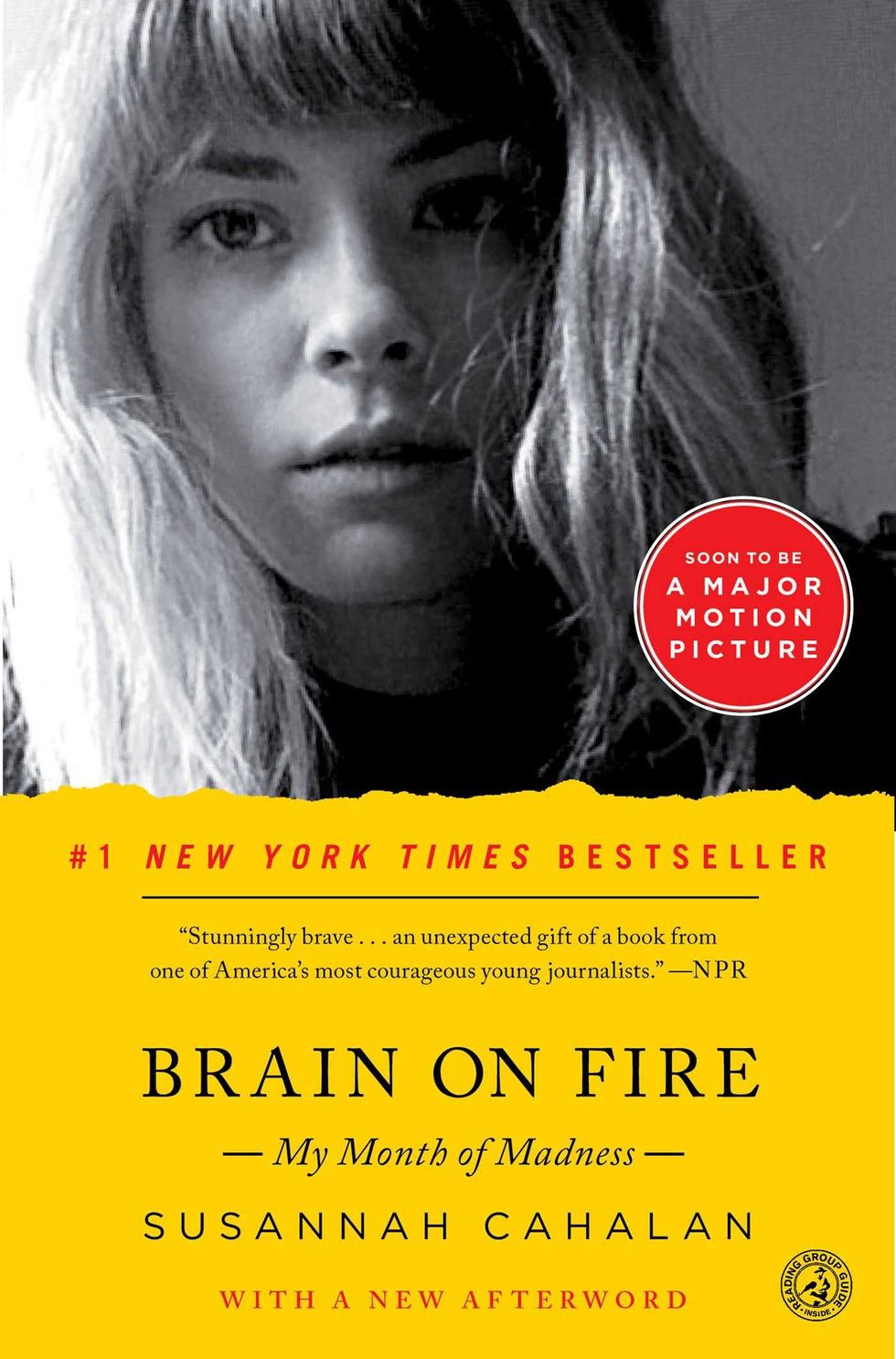Up until a few years ago, I was not a huge non-fiction book fan. I didn’t see the appeal in reading a book that didn’t provide me a story to get lost in, naively believing that non-fiction books would not provide a story at all. Then I read The Psychopath Test by Jon Ronson and I was hooked. The way in which Ronson discusses psychopathy and its effects on individuals we may pass on the street, take classes with, or live next door to was utterly captivating and read as if it was a story that just couldn’t be real. Slowly, I began to pick up more and more non-fiction, finding a unique and engaging story in each of them: from Amanda Lindhout’s harrowing account of her time as a hostage in A House in the Sky, to Andy Cohen’s hysterically honest diary, to Morrissey’s Autobiography (which I put aside as it was just a little too artsy and avant garde for me in the winter of my senior year), and of course The Cool School, which has been patiently waiting for me to read past the first chapter.
Right next to The Cool School, Susannah Cahalan’s Brain on Fire has been on my bookshelf for two years. I discovered I have an addiction for buying books that fascinate me, always conveniently forgetting that I already have a never ending queue of books that fascinate me waiting at home. Cahalan’s memoir, at the Time of Purchase, had gained considerable praise, but was far from anything really up my alley in terms of what I usually read. As intriguing as her story sounded, I always picked up another book first. But as we all know, this is the summer of me forcing myself to plow through that never ending queue, and as such, Brain on Fire made it to the top of my list.
At just 24, Susannah Cahalan was already a notable writer and investigator at the New York Post when seemingly overnight, she appeared to go crazy. She started growing paranoid and dissociated from reality, and began to have small seizures. One night, sitting at home with her boyfriend, she had a massive spasm that her boyfriend likened to something out of The Exorcist. After her family tried to help her recover at home - with the assistance of a local neurologist who seemed a little breezy in his treatment of Cahalan’s case and her diagnosis of alcohol withdrawals - her estranged parents and concerned boyfriend admitted her to NYU Langone Medical Center. As Cahalan began to grow increasingly more erratic and dangerous, more and more doctors joined her team to try and diagnose her. After the neurologist, a psychiatrist, and a team of remarkable, nationally recognized doctors misdiagnosed her over and over (with the treatments resulting in little to nothing), one bold doctor took a chance on her case and discovered that Cahalan was suffering from Anti-NMDA receptor encephalitis, an autoimmune disease.
Following her treatment in the hospital, Cahalan slowly began to acclimate herself to her life post-madness. Upon returning to work, Cahalan decided to write an article about her case as if it were one of her assignments. She did investigative work on her own life, compiling interviews with her family, friends, nurses, and doctors, on top of video footage from the hospital and her doctor’s written reports. The result was not just the Post article, but the book as a whole.
Ultimately, Brain on Fire comes across as if it were a personal reflection written from someone else’s point of view, which is to say that although readers know it is a memoir, Cahalan’s voice is somewhat distant from the case and intrigued herself in what the book has to say. Amongst images pulled from her doctors’ files, second by second descriptions of the videos that came from inside of her room, and samples of her parents’ journal commentary, Cahalan includes dreamlike passages that the reader (and maybe the author, too) finds hard to decide if it’s fictitious or a memory; Cahalan shares a disclaimer at the start of the book, stating that aside from a few poignant moments, she does not have any recollection of the month her brain attacked her body. As such, Cahalan creates a kind story like Jon Ronson had, one with a story that I was able to get lost in.
It’s truly a phenomenally written book, and the story of how Susannah came back from the absolute edge of losing herself (and how she moved on after she was “cured”) is one that you’ll want to talk about with everyone.
**For the next session of Bad Reader's Book Club, I will be reading The Clasp by Sloane Crosley. Join along with me!**


 Photo by
Photo by  Photo by
Photo by  Photo by
Photo by  Photo by
Photo by  Photo by
Photo by 












